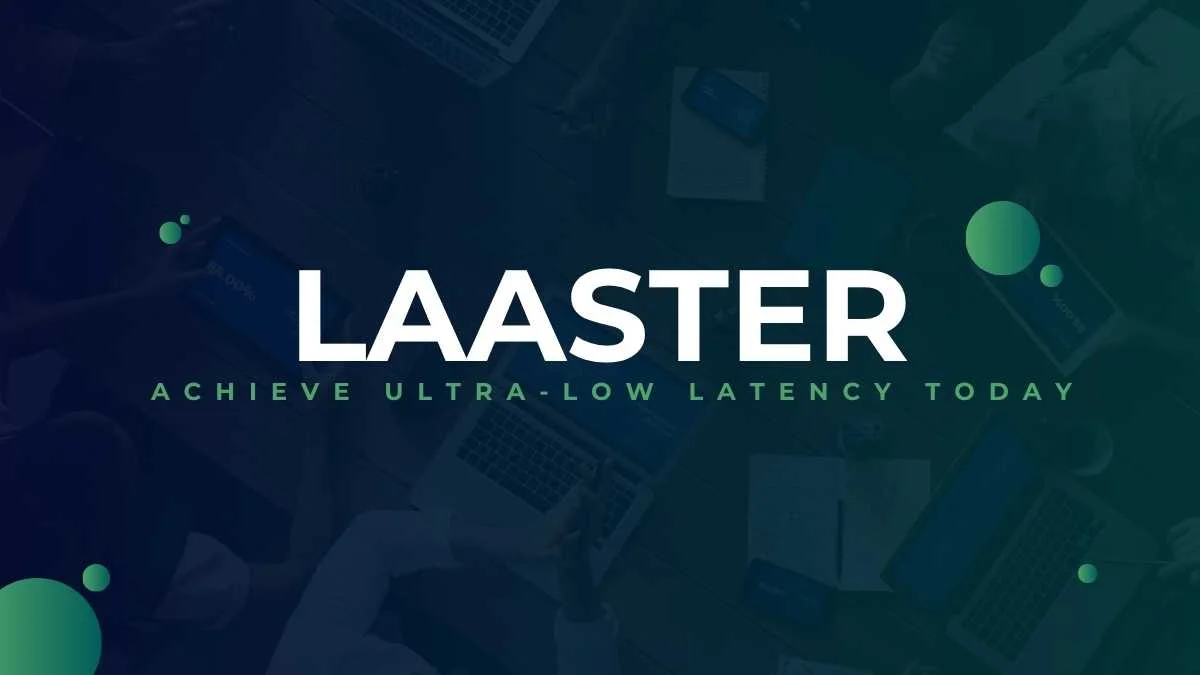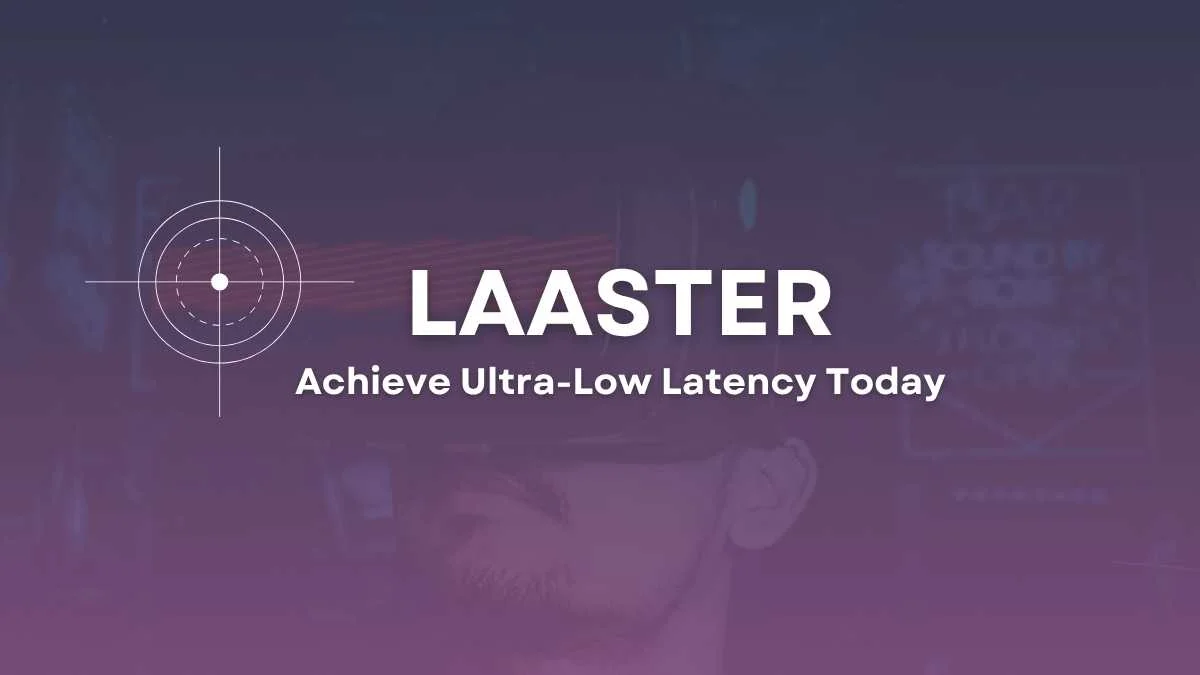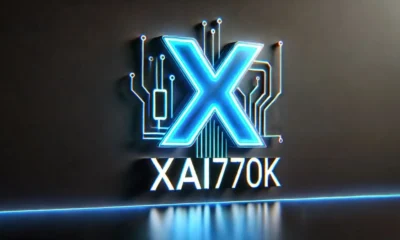TECHNOLOGY
Laaster: Achieve Ultra-Low Latency Today

In the evolving landscape of digital innovation, speed and responsiveness have become pivotal. Among the most cutting-edge advancements in this space is Laaster, a digital technology specifically engineered to achieve low latency. Designed to minimize the delay between user input and system response, Laaster revolutionizes the way systems interact with users, data, and devices. Whether it’s web applications, gaming, cloud computing, or the Internet of Things (IoT), it drives a significant performance leap by streamlining data processing and communication pathways.
Understanding Laaster: The Essence of Low Latency
At its heart, Laaster is a digital framework focused on low latency—a term used to describe the minimal delay between a user’s action and the system’s response. In technical terms, latency refers to the time it takes for data to travel from the source to the destination. Lowering this time is critical in scenarios where immediate feedback and performance are crucial, such as video games, financial trading systems, or real-time medical monitoring.
What sets Laaster apart is not only its commitment to reducing latency but also its holistic approach to optimizing system design, ensuring that every layer—from the hardware infrastructure to the software algorithms—is engineered for speed and responsiveness.
The Core Objective
This is mainly focused on removing lag and latency to generate a faster and more involved user experience. This is done mainly through several important strategies:
- Optimized Data Pipelines: Laaster technologies have optimized data pathways that lessen congestion in the flow of information and increase transmission performance.
- Real-Time Processing: Real-Time Processing rejects or accepts decisions in real time, namely, information processing is done on-the-fly instead of delayed processing or batch processing.
- Edge Computing Integration: Edge computing allows Laaster to shift processing capabilities much closer to the point of origin (in many cases, it is the device or local server of the user), saving on response time by a dramatic margin.
- Predictive Algorithms: Smart AI and machine learning are used to pre-plan activity/operations of the user or otherwise, latency is reduced further by these predictive algorithms.
The Architecture Behind Laaster
Technology architecture is designed with modularity, scalability, and responsiveness in real time. These are some of its fundamental architectural parts:
- Distributed Systems: Laaster divides the computing load to several nodes to dissipate the processing and speed up the process.
- Event-Based Programming Models: Systems are constructed so that they respond instantly to events (user commands, data prompts) instead of having to wait until they can take sequential input.
- Data Compression & Prioritization: Data formats and algorithms should be efficient so that only pertinent information gets transferred in the shortest time possible.
- Latency Monitoring Tools: Continuous metrics regarding performance indicate the presence of bottlenecks so that they can be fixed in real time.
Key Applications Across Digital Ecosystems
1. Web Applications
In web-based environments, user engagement often hinges on how fast a system responds. The framework enhances web applications by:
- Reducing server response time
- Enabling real-time collaboration (e.g., shared editing, chat apps)
- Improving the responsiveness of dynamic content loading
2. Gaming
Online gaming demands split-second decisions, especially in multiplayer or esports environments. Its low-latency approach helps:
- Minimize input lag
- Enhance frame rates and visual feedback
- Ensure real-time synchronization across players
3. Cloud Computing
Cloud-based applications rely heavily on efficient data transfer and remote processing. Laaster optimizes this by:
- Accelerating data transmission between cloud and device
- Improving the performance of remote desktops, virtual machines, and Software-as-a-Service (SaaS) tools
- Supporting real-time analytics and large-scale simulations
As a result, businesses can execute complex operations in real-time with minimal resource overhead and improved cost efficiency.
4. Internet of Things (IoT)
In IoT systems, such as smart homes or autonomous vehicles, latency can be the difference between success and failure. It ensures:
- Rapid sensor-to-cloud communication
- Real-time decision-making for automation
- Immediate alerts and feedback loops for safety-critical applications

Benefits
- Improved performance: Systems are less laggy in terms of data-processing, and their performance is increased, which uses fewer resources in the long run.
- Optimized Bandwidth Use: Streamlined communication reduces unnecessary data transfers, optimizing bandwidth allocation.
- Increased reliability: The low latency decreases the occurrence of error and failure of the system due to low latency, particularly in real-time applications.
- Scalability And Flexibility: Systems built with the principles incorporated by Laaster will be naturally more scalable and will adapt to changing workloads.
Challenges and Considerations
Although Laaster has many benefits, application of this technology involves several obstacles:
- Infrastructure Investment: It may require edge servers and other new network equipment or high-performance hardware to realize true low latency.
- Security and Compliance: As the speed of data transmission increases and the number of edge nodes grows, the issue of assuring data integrity and regulatory adherence becomes more sophisticated.
- Development Complexity: Laaster-optimized systems may be costly to build and maintain, and may need special skills in real-time programming, distributed computing, systems engineering, etc.
Comparison between Laaster and Traditional Digital Systems
| Aspect | Laaster Technology | Traditional Systems |
| 1. Latency | Ultra-low latency; near-instant responses ideal for real-time applications. | Higher latency; noticeable delays due to slower processing and communication. |
| 2. Architecture | Uses edge computing, real-time streaming, and lightweight protocols for efficiency. | Rely on centralized servers, batch processing, and heavier protocols. |
| 3. User Experience | Smooth, responsive, and interactive experience across digital platforms. | Often affected by lag, buffering, or delayed system response. |
| 4. Application Fit | Best suited for gaming, IoT, cloud systems, and critical real-time operations. | More suitable for static, non-time-sensitive tasks like data storage or backups. |
Conclusion
Laaster is not just a technical fad but one of the fundamental digital transitions to real-time low-latency system design. It offers smoother, faster, and more predictable usage within countless applications that rely on it by decreasing the lag time between the user command and the system reaction. With gaming and cloud computing, IoT and autonomous, Laaster opens the door to a new generation of responsive technology when it comes to milliseconds.
-

 BIOGRAPHY7 months ago
BIOGRAPHY7 months agoBehind the Scenes with Sandra Orlow: An Exclusive Interview
-

 HOME1 year ago
HOME1 year agoDiscovering Insights: A Deep Dive into the //vital-mag.net blog
-

 HOME1 year ago
HOME1 year agoSifangds in Action: Real-Life Applications and Success Stories
-

 BIOGRAPHY1 year ago
BIOGRAPHY1 year agoThe Woman Behind the Comedian: Meet Andrew Santino Wife




























